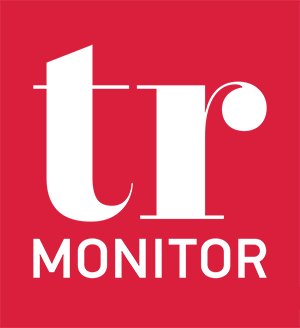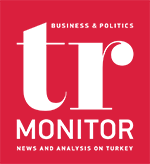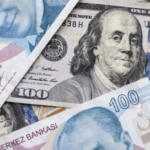The Monetary Policy Committee (MPC) meeting will be held on Thursday, November 23. Currently, the policy rate is 35 percent, the interest rate on deposits with a maturity of up to three months, where deposits are mainly collected, is 46 percent, the commercial loan rate is 52 percent and the consumer loan rate is 59 percent. All Central Bank data, except for the policy rate, are for the week of November 10 and show annual compound levels.
On the other hand, the expected inflation rate for the end of 2023 is 67 percent, while the expected inflation rate twelve months later is 44 percent. The CBRT’s forecast for end-2024 is 36 percent. In the upcoming June-July period, inflation is expected to peak somewhere between 70-75 percent. On a monthly basis, seasonally adjusted inflation shows a downward trend. Monthly inflation was 9.6 percent in July and August, driven by both tax hikes and the unnecessary and insane exchange rate hike caused by the delayed and inadequate policy rate response after the elections. The next two months were 4.4 and 2.9 percent, respectively.
Leaving aside the crazy increases, we don’t have enough observations to say that disinflation is the main trend, but on the other hand it is falling, which is better than nothing. The risk premium is also declining, albeit still at a high level. On the other hand, there has not been the feared rise in international energy prices; on the contrary, there has been a limited decline. In this context, it is important to underline that the outlook is positive when considered purely in terms of short-term and stabilizing developments.
Leaving aside the need to eliminate the possibility of a U-turn, which I have often mentioned, there are at least two other important steps that need to be taken in order to make the disinflation more significant. First, there is no inflation target. We don’t know what the inflation target for 2024 or 2025 is. In other words, there is no guiding light; this is not good. I don’t know if anyone will say “there is a 5 percent target”, but if there is, it is obvious that the light emitted by 5 percent is only a trace. Therefore, we need an official inflation target.
Second, while the current level of loan rates is positive in terms of fighting inflation, given the expected inflation twelve months ahead, the same assessment cannot be made for deposit rates. In order for the interest rate on deposits up to three months (45.8 percent) to remain below inflation, the average monthly inflation rate should not exceed 3.2 percent in the next three months. Given that TRY deposits should also provide some real return, it is clear that deposit rates need to rise a little more.








